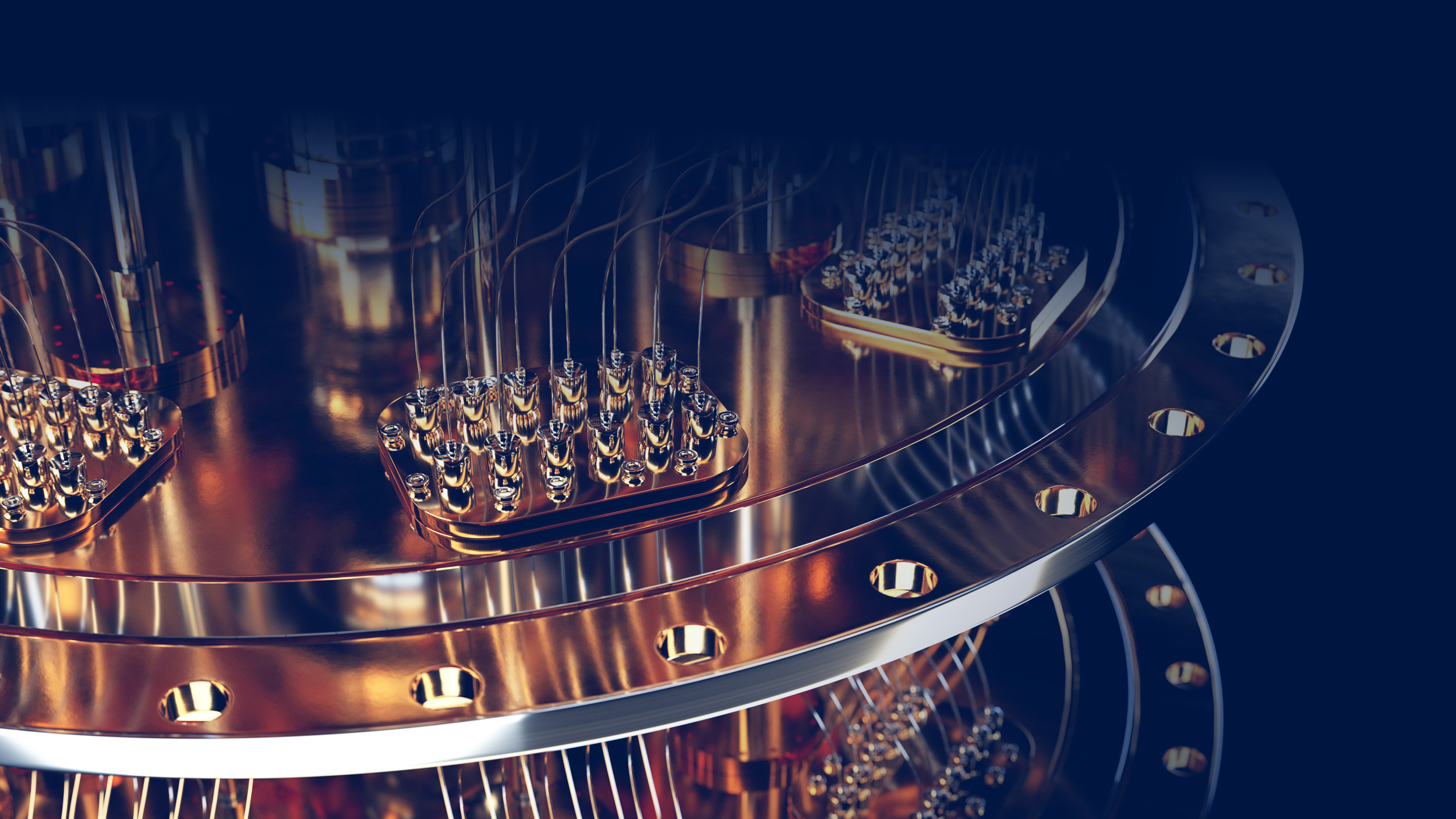Each time the Huskies win another championship, it is not just the team’s performance that galvanizes UConn Nation; it is the collective experience of fans chanting in unison in Gampel or at Rentschler, celebrating together in the streets, and proudly displaying their UConn gear that forges a strong sense of community. By synchronizing our appearances, our actions, and — as my research team’s studies reveal — our emotions, fandom compels us to act as one, look as one, and feel as one.
Growing up in Greece, I witnessed this deep emotional investment firsthand. Entire cities would come to a standstill before a football derby, with those not in the stadium glued to their televisions. I met couples who left their own wedding receptions early to attend a match, showing up at the stadium still dressed in their wedding attire. Scientific research shows that sports fans can identify so strongly with their team that they experience the game’s emotional highs and lows as though they were playing the game themselves. One study shows testosterone levels rising among fans of the winning team and falling among those of the losing team. Those reactions can even be observed in the brain.
When a team of researchers placed Red Sox and Yankees fans in a brain scanner and showed them real games, they found that fans watching a negative performance by their team activated the regions of the brain typically associated with the experience of pain. Correspondingly, their team’s success triggered activity in an area related to the brain’s reward system. Intriguingly, similar feelings of pleasure were elicited by watching their opponents fail.
And while the game itself provides excitement and fosters engagement, recent research suggests that the strongest connections among fans are often forged in the stands, through ritualized interactions that shape and reinforce collective identities.
My research team has been exploring these effects at UConn and beyond. In a real-life experiment, we used wearable technology to track the emotional responses of Husky fans over an entire basketball season. As they watched the men’s and women’s games live, either in the stadium or on television, we found that those in the stadium reported more meaningful experiences and felt a stronger sense of connection with other fans compared to those watching together on TV. These shared experiences even left measurable traces in their bodies: Fans in the stadium exhibited greater emotional synchrony, their hearts beating in unison. In fact, physical co-presence was the most important predictor of emotional synchrony overall, more so than any element of the game itself, such as its pace, outcome, or score difference.



